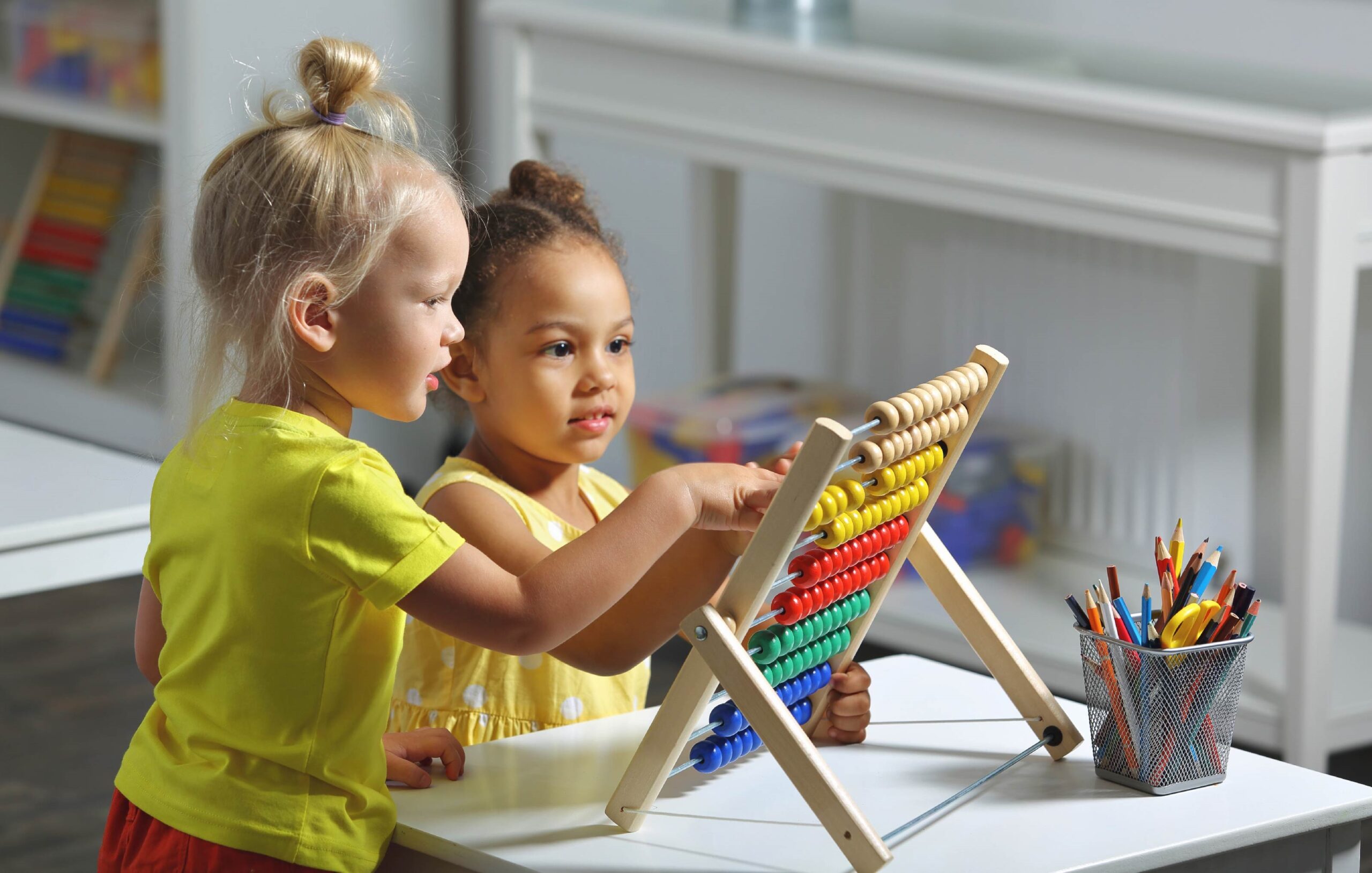Test Modifications for Children with Disabilities
PublishedTo account for diversity among children, AEPS®-3 offers you considerable flexibility as you collect information on a child’s developmental repertoire. For children who have significant disabilities, the AEPS-3 Test allows your team to modify the materials, the child’s position, or administration procedures for items. In this post, we’ll take a quick look at some assessment strategies and test modification guidelines for children who have visual impairments, hearing impairments, and motor impairments.
If a child has visual impairments…
- Present each stimulus item within the child’s field of vision. If a child has limited functional vision, you first need to establish their visual field.
- Move objects close to the child if necessary. However, keep in mind that a large object placed too close may fill the child’s entire visual field and obscure distinguishing features.
- Pay attention to background–foreground contrast. For example, use objects that are lighter in color if you’re working at a table with a dark surface.
- Use objects that give the child more than one type of sensory feedback. For example, try using sound- or light-producing objects and materials with tactile interest.
- Use objects with high visual contrast (black, white, red, fluorescent orange) to help maximize the child’s residual vision.
- When a child cannot see certain materials, let them become aware of objects through physical contact. For example, you might guide the child’s hand over an object you want them to grasp while physically closing their hand over or around it—otherwise, the child might not know what the desired behavior is because they haven’t seen the object or the task. Physically manipulating the child through the sequence of desired movements will model the desired behavior and may give them kinesthetic feedback that will help them perform the task.
If a child has hearing impairments…
- Position the child so they can make optimal use of sensory information. (This step is critically important.)
- Make sure the child is facing the person who is speaking and is in a position to see the speaker’s lips, gestures, or signs.
- If the child wears a hearing aid, make sure the device is operating at the optimal level.
- Make sure you know what communication system the child uses and that you can respond appropriately. For example, make sure you can understand and use sign language if needed.
If a child has motor impairments…
- A child with a motor impairment may have difficulty sequencing motor behaviors and may reverse steps in a sequence. For example, when you ask the child to imitate a series of motor behaviors, they may have trouble either producing all the actions or sequencing the actions correctly. You may need to help the child remember which behavior is next in the sequence by using cues or prompts.
- Using adaptive equipment or altering the types of objects used may help the child. When selecting adaptive equipment, consult a physical or occupational therapist.
- If a child is trying to complete a task and their movements appear awkward, unstable, or uncoordinated, the child may benefit from using positioning equipment such as a specialized chair, wedge, or pillow.
- Alter the child’s environment to make it easier to move and allow the child to function more independently. For example, replace stairs with a ramp or place a hand railing beside a toilet.
Whenever possible, a team of professionals should work together to obtain useful, accurate child assessment results. It’s especially important to involve one or more specialists when you’re assessing children who have behavioral, motor, or sensory impairments—and keep in mind that involving specialists is mandatory when assessing children who have severe and multiple disabilities.



